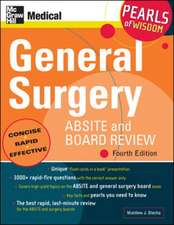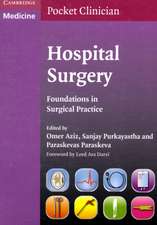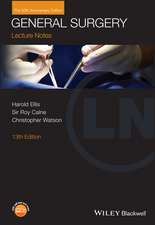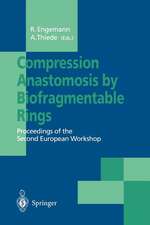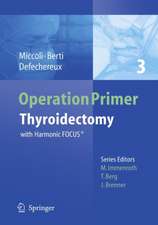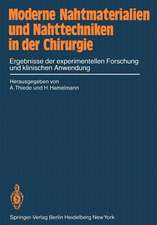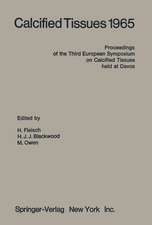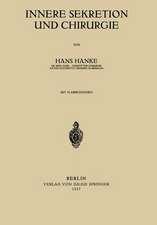Philipp Franz von Siebold and His Era: Prerequisites, Developments, Consequences and Perspectives
Editat de A. Thiede, Y. Hiki, G. Keilen Limba Engleză Paperback – 16 ian 2013
Preț: 364.17 lei
Preț vechi: 383.33 lei
-5% Nou
Puncte Express: 546
Preț estimativ în valută:
69.69€ • 72.49$ • 57.54£
69.69€ • 72.49$ • 57.54£
Carte tipărită la comandă
Livrare economică 14-28 aprilie
Preluare comenzi: 021 569.72.76
Specificații
ISBN-13: 9783662040034
ISBN-10: 3662040034
Pagini: 212
Ilustrații: XI, 198 p. 47 illus.
Dimensiuni: 155 x 235 x 11 mm
Greutate: 0.3 kg
Ediția:Softcover reprint of the original 1st ed. 2000
Editura: Springer Berlin, Heidelberg
Colecția Springer
Locul publicării:Berlin, Heidelberg, Germany
ISBN-10: 3662040034
Pagini: 212
Ilustrații: XI, 198 p. 47 illus.
Dimensiuni: 155 x 235 x 11 mm
Greutate: 0.3 kg
Ediția:Softcover reprint of the original 1st ed. 2000
Editura: Springer Berlin, Heidelberg
Colecția Springer
Locul publicării:Berlin, Heidelberg, Germany
Public țintă
ResearchCuprins
1 Introduction.- 2 Prerequisites for the Reintegration of Surgery into Academic Medicine Before 1850.- 3 Karl Kaspar von Siebold.- 4 Karl Kaspar von Siebold and Anatomy in Würzburg.- 5 Philipp Franz von Siebold’s Youth in Würzburg (1796–1820).- 6 Siebold as a Surgeon, Physician and Medical Teacher in Japan.- 7 On the Trail of the Siebold Family in Würzburg.- 8 Philipp Franz von Siebold and His Influence on the Cultural Development of Japan.- 9 The Activities of Philipp Franz von Siebold During His Second Stay in Japan, Particularly His Diplomatic Activities in Nagasaki, Yokohama and Edo.- 10 Siebold the Research Manager.- 11 German Medicine in Japan.- 12 German Physicians in Japan: Personal, Medical and Cultural Characteristics.- 13 The Relationship Between Japan and Germany in Medicine: Mutual Stimulation.- 14 History, Present State and Future Perspectives of European — Japanese Cooperation in Culture, Economy and Science.- 15 The Siebold Palais in Würzburg, a Memorial and Visionary Place.- 16 Philipp Franz von Siebold and His Era — Future Perspectives: Academic Cooperation and Exchange Between the Medical Faculties of the Universities of Würzburg and Leiden and Nagasaki University Medical School.- 17 Closing Remarks.- 18 Remarks on the Future.
Textul de pe ultima copertă
The Dutch East Indian Company was founded about 400 years ago, and in 1641 the artificial island of Dejima in the port of Nagasaki became its base. This island represented the only bridge between Japan, at that time in self-isolation, and the European countries, the Netherlands in particular. The physician and surgeon Philipp Franz von Siebold, born in Würzburg in 1796, was appointed as factory doctor of the Dutch East Indian Company in Dejima and, later on, he made history as the scientific discoverer of Japan for the Western world. His grandfather Karl Kaspar von Siebold was the first real university surgeon in Würzburg from 1796 until 1807, and was "the prominent surgeon of Southern Germany". In commemoration of Philipp Franz von Siebold, his 200th birthday and the developments introduced by him were celebrated by various events in Nagasaki and Würzburg in 1996. The present volume casts spotlights on medicine and surgery during this time, his achievements, and his surroundings, as well as on modern developments and the relationship between Europe and Japan.

